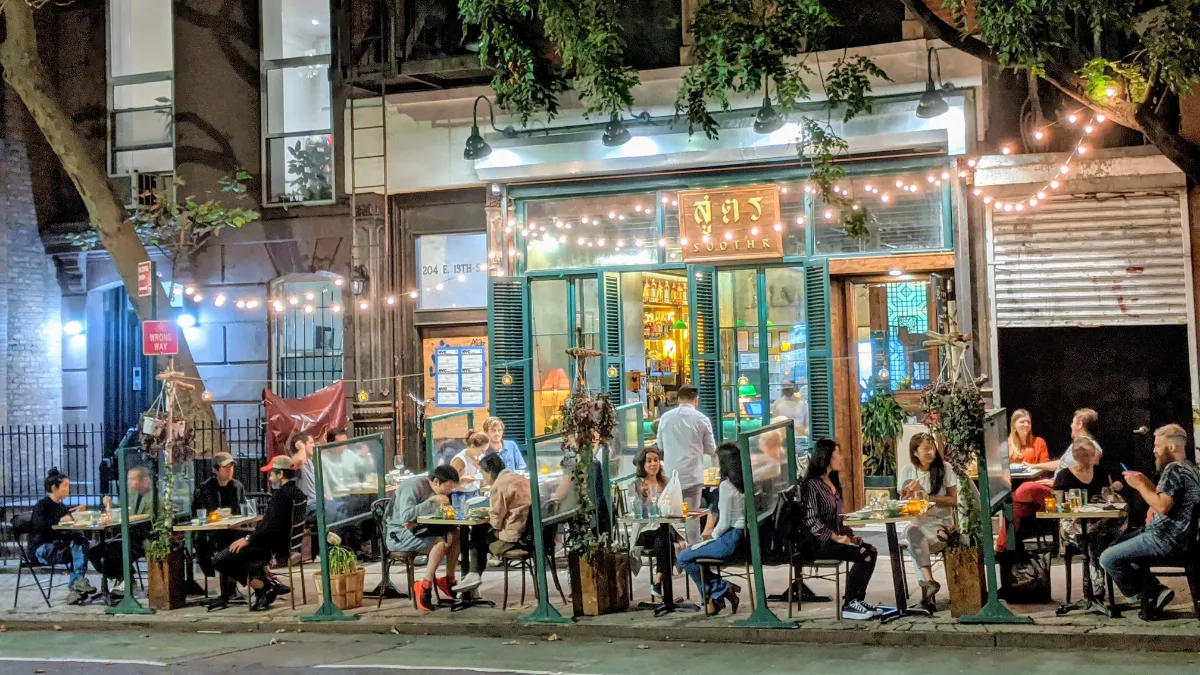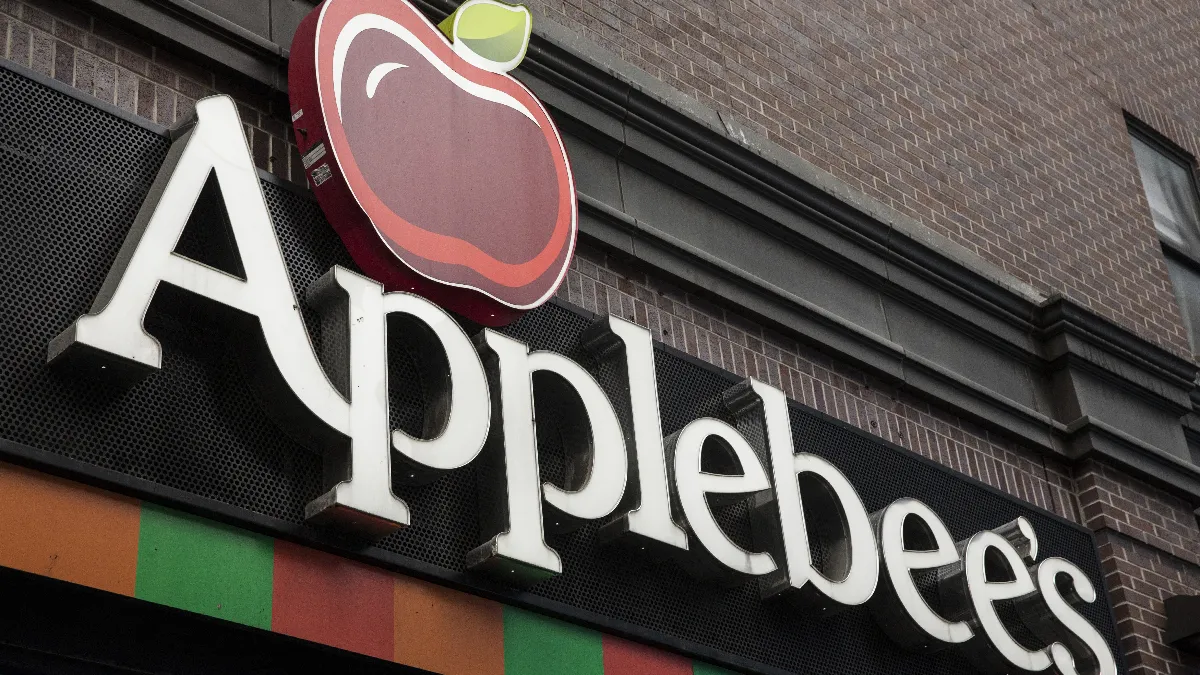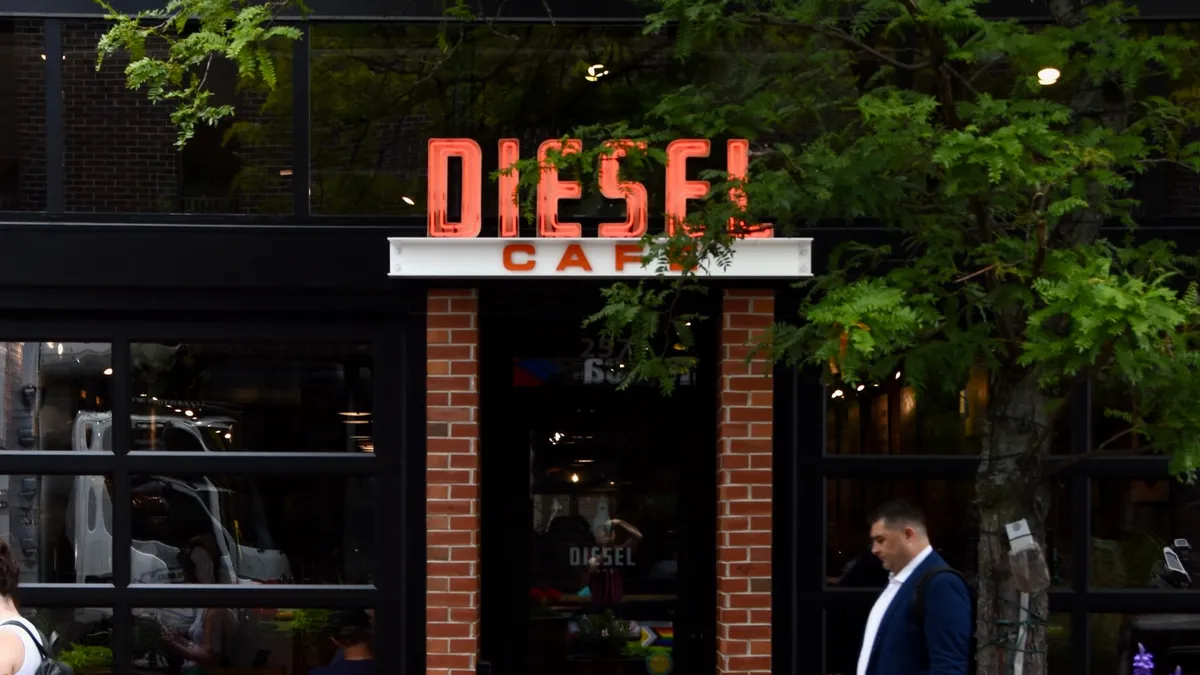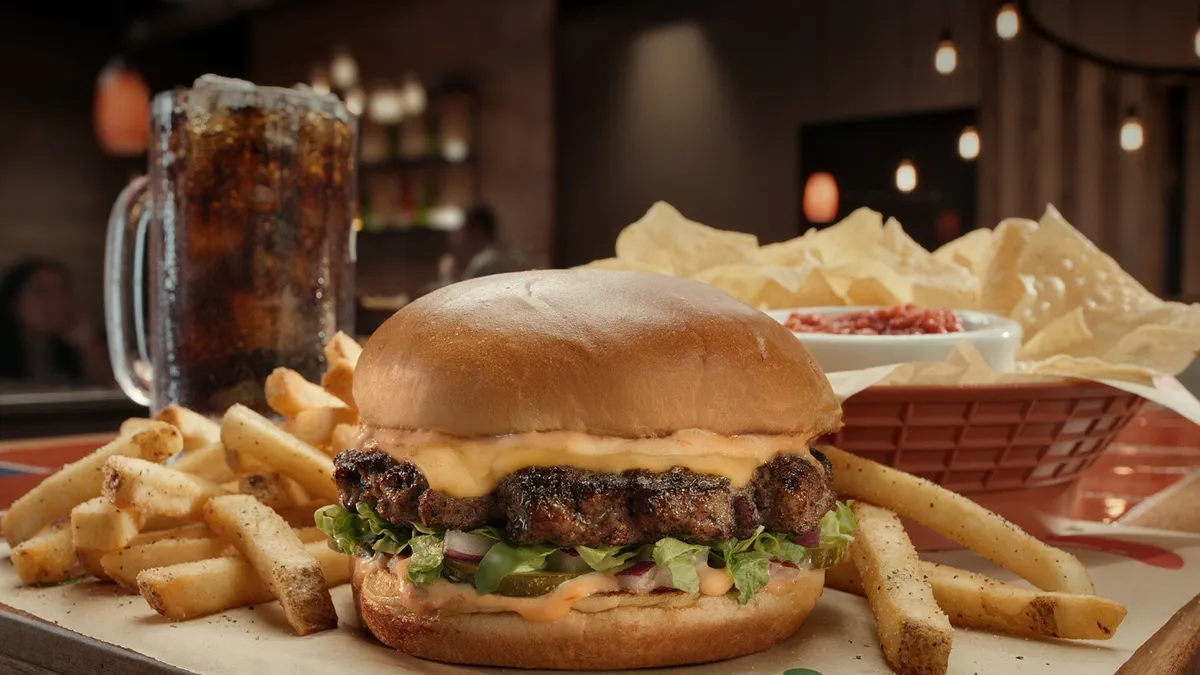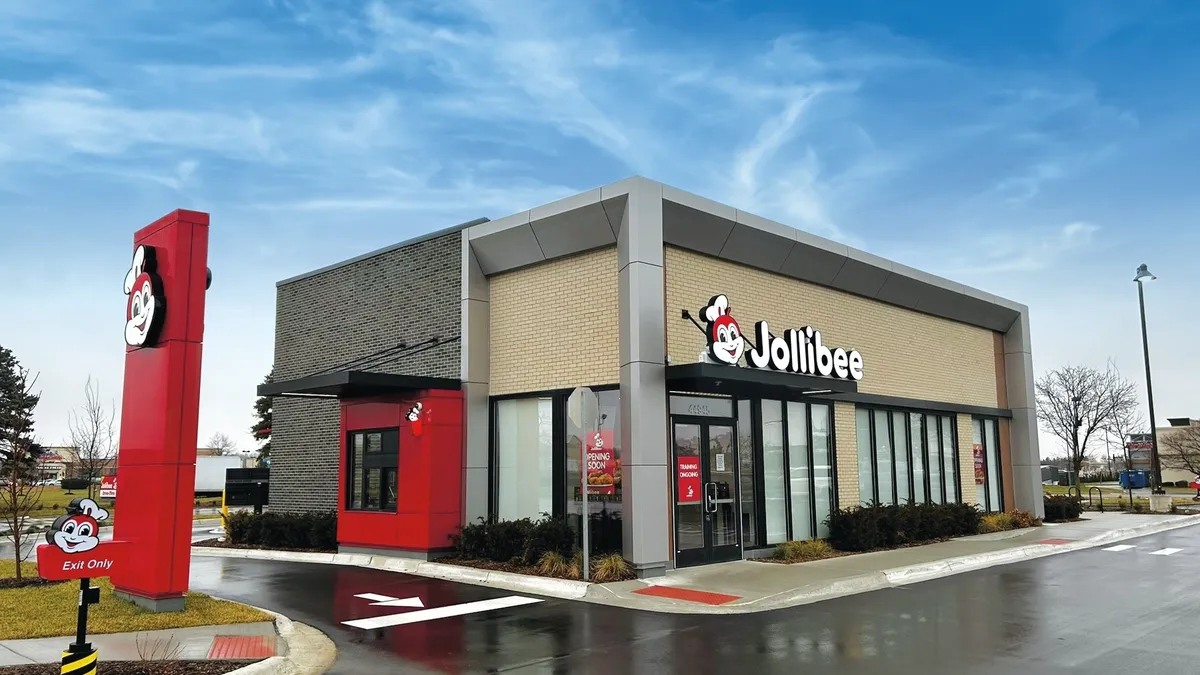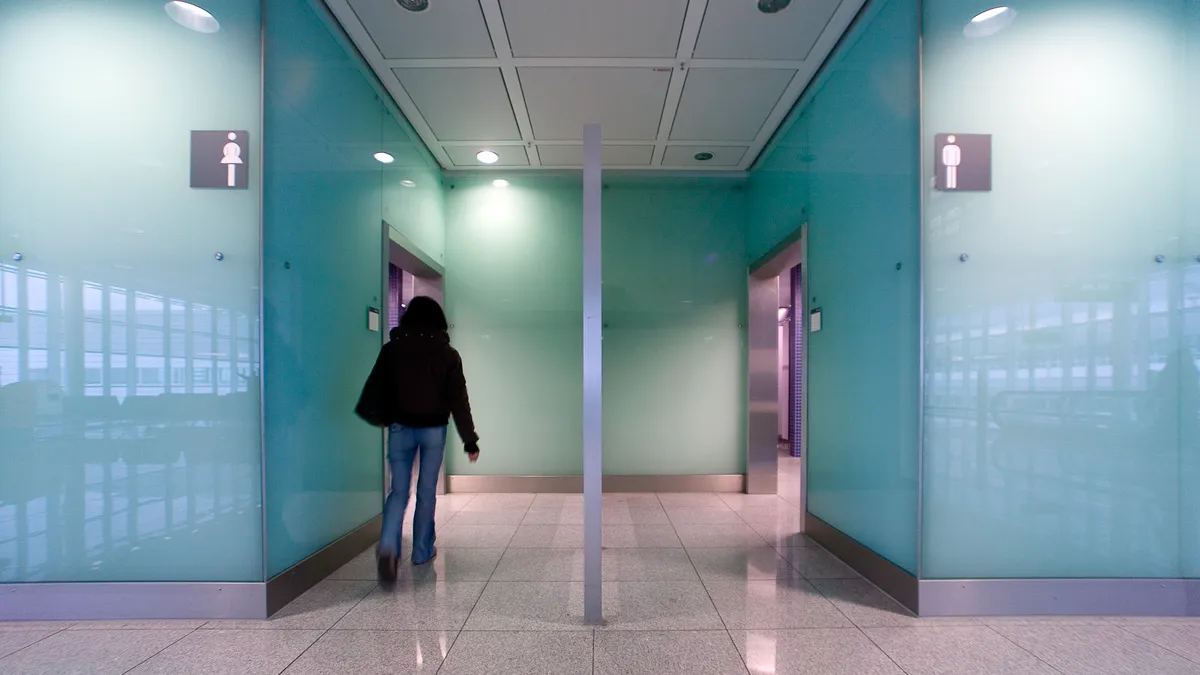The following is a guest post from Simon Thomas, Oonagh Steel, Michael Goldstein and Howard Steel, who are attorneys at global law firm Goodwin's Financial Restructuring Group.
As cooler temperatures challenge outdoor dining and the reality of increased COVID-19 lockdown restrictions hit, restaurants around the world remain in turmoil, signaling ballooning financial challenges for operators in the coming months.
The pandemic and associated restrictions have already dramatically altered the operating model of restaurants in the U.K. and U.S., forcing owners to adopt new strategies to both drive revenue and reduce expenses. In this article, we consider some of the COVID-19 impacts on restaurants, and provide an overview of practical strategies and restructuring tools for addressing financial distress for restaurants in the U.K. and U.S.
The two most significant factors determining how restaurants will weather the storm are: (1) the ability to implement revenue-enhancing and expense-reduction opportunities to address cash shortfalls; and (2) success in engaging with key stakeholders and identifying and implementing a consensual and comprehensive restructuring. Maximizing value requires a shared interest among stakeholders in developing sustainable business models to survive the current crisis.
Challenges facing restaurant businesses
The restaurant industry has struggled since the pandemic hit and lockdown restrictions were enacted. Without customers, restaurant businesses have experienced months of drastically reduced or nonexistent revenue. Yet, with funded debt and high fixed costs, even with supply and headcount reductions, expenses remain. By year-end, there will be hundreds of billions in industry losses, millions of employees without jobs and tens of thousands of permanent closures.
In response to this crisis, restaurants have taken many steps to survive — demonstrating innovation, resilience and bravery in the face of the virus. In the U.S., restaurants have adopted and expanded drive-thru and takeout sales channels and pivoted to an outdoor dining model on sidewalks, city streets and parking lots to increase the top line. Delaying payments, relying upon state law enforcement moratoriums, litigating contract defenses and laying off employees has all helped to reduce the expense line. Government stimulus programs including the Small Business Administration’s Paycheck Protection Program (PPP) and Economic Injury Disaster Loans have helped some with liquidity. In the U.K., the initial response of many businesses was to take the benefit of the government grants and tax breaks alongside a strategy of mothballing businesses. The enforced pause on landlords' enforcement rights and the success of the government's "eat-out-to-help-out" scheme provided further breathing space.
Nonetheless, businesses in both the U.K. and the U.S. are still responsible for liabilities accrued during lockdown. Were it possible for businesses to return immediately to pre-COVID-19 conditions, then this may only require a restructuring of unpaid lockdown debts. However, restaurants are facing a protracted and uneven recovery period with new lockdown measures being imposed both in the U.K. and in various U.S. states. Businesses must also contend with the increased costs of PPE and table service, as well as restricted indoor capacity.
Given the unknown future, operators must craft a restructuring in the face of uncertain and variable business plans and liquidity options. The lack of certainty as to how long social distancing measures will be enforced and when a vaccine will be available requires that any restructuring includes considerable flexibility and optionality so that operators can respond to an ever-changing set of facts and circumstances.
How should restaurants respond?
In light of the unprecedented headwinds in the restaurant industry, there are several steps that must be taken to survive the crisis.
-
While the situation may appear dire, options will exist and stakeholders can maximize the opportunities available by proactively addressing their situation.
-
Undertake a full and comprehensive analysis of operations, assets, liabilities and liquidity. All options should be on the table.
-
Consult with insolvency practitioners. Their experience can focus the necessary due diligence process, including maximizing and preserving liquidity through reducing costs and capital expenditures, prioritizing payments, refining business plans, adopting weekly cash flow forecasts and variance reports, evaluating financing and new capital options and reviewing existing credit facilities. They can also help manage key stakeholders.
-
Consider external resources. Government assistance programs, such as PPP funds and sales tax deferrals in the U.S., and grants and government backed loans in the U.K., may be available.
-
Seek concessions from suppliers and landlords. Options such as short-term reductions in base rent, deferred rent, rent as a percentage of sales (turnover rent), should all be explored.
-
Develop and implement a clear and regular communications protocol with — and information flow to — stakeholders, as their participation is vital to achieve shared sacrifice.
Seeking compromises
The challenges facing restaurant owners do not mean that directors need to immediately file for insolvency protection. As an initial matter, directors should undertake a comprehensive review of all options and strategies, including the restructuring options set forth below.
This review process includes proactively engaging and building consensus with key stakeholders. Where possible, operators may provide increased transparency to stakeholders in respect of financial performance, in order to seek consensus toward achieving a sustainable business model.
Insolvency practitioners are very well placed to assist stakeholders in reaching compromises with creditors by explaining the outcomes of the potential scenarios available. Importantly, more value may be available where stakeholders can agree to a consensual restructuring of liabilities and a liquidation process is avoided.
Compromises of liabilities can take various forms. In the U.K., these include company voluntary arrangements, a pre-insolvency moratorium, scheme of arrangement, restructuring plans, standstills and other bespoke agreements.
In the U.S., forbearance agreements, waivers of defaults, extensions of payment terms, refinancings and debt for equity exchanges are some common out-of-court liability management tools.
What other restructuring options are available?
There are many restructuring solutions available to help restaurants.
In the U.K., available solutions include:
-
Pre-pack administration – allowing the sustainable parts of the business to be rescued;
-
Light-touch administration – where existing management teams remain in place in order to execute a rescue business plan in an attempt to save the company with protection from creditor action; and
-
Debt for equity swaps – used to deal with an unsustainable debt mountain.
As a result of the unique circumstances arising in response to the pandemic, we may also see more innovative solutions used. These potentially include:
-
Government equity stakes – used in the Future Fund and may be extended to include debt for equity swaps in respect of BBLs (Bounce Back Loan Schemes), CBILs (Coronavirus Business Interruption Loan Schemes) and CLBILs (Coronavirus Large Business Interruption Loan Schemes);
-
Government providing credit guarantees for suppliers; and
-
Employees taking equity in companies in lieu of salaries.
In the U.S., the available restructuring pathways include:
-
Chapter 11 reorganization – procedures and rules by which a debtor may recapitalize and reorganize pursuant to a plan of reorganization or sell its assets, with the restructuring pathway "pre-negotiated" with key stakeholders prior to a filing, or "pre-packaged" where consents are solicited prior to filing;
-
Subchapter 5 small business debtor reorganization as supplemented by the Coronavirus Aid, Relief and Economic Security (CARES) Act — for debtors with aggregate debt no more than $7.5 million — streamlined and cheaper process than traditional Chapter 11 with possibility for equity interests to be maintained without agreement from creditors who may receive less than full recovery on account of their claims;
-
Chapter 7 liquidation – trustee appointed to liquidate debtor’s assets;
-
Assignment for the benefit of creditors – state law orderly liquidation proceeding;
-
UCC Article 9 secured party sale – voluntary or involuntary foreclosure;
-
Federal or state receivership – fiduciary appointed by court to administer debtor’s assets; and
-
Dissolution – legal process terminating business’s existence.
Conclusion
While today’s conditions present unprecedented challenges, restaurants in the U.K. and U.S. form an essential part of the fabric of our society and will undoubtedly bounce back. To address the current crisis, restaurants should identify the cash shortfalls in their business models and share information with key stakeholders in order to seek to define and implement a comprehensive consensual restructuring. There is a shared interest between stakeholders in developing sustainable business models in order to enable restaurant businesses to survive the current crisis. Given the challenges facing restaurant operators, all stakeholders have a vested interest in finding the compromises to sustain operations through the crisis and maximize value.


